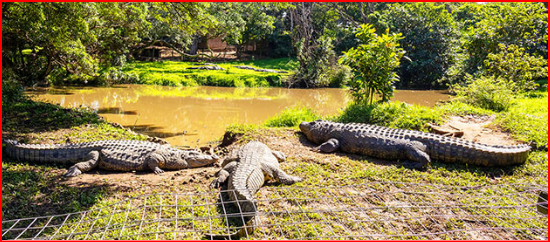It is located sandwiched between Sunwich Port and Sea Park, on the South Coast of KwaZulu Natal. Southport and the various little Suburbs, tend to regard themselves as extensions of Port Shepstone, so there is rarely anything to disturb a holiday idyll along this lovely stretch of Coastline. There is only 8 kilometres of travel to reach the variety of Shops, Restaurants and other entertainment in Port Shepstone, or the ‘buzz’ of Beach resorts in Shelly Beach, St Michaels, Uvongo and Margate.
Socialism is a political and economic ideology aiming to create a society where all members distribute resources and wealth equally. It is based on the belief that resources should be owned and controlled collectively rather than by individuals or corporations and that the means of production should be publicly owned and managed.
BRICS is an acronym that refers to the grouping of five major emerging economies in the world: Brazil, Russia, India, China, and South Africa. This grouping has become a significant force in the global economy, influencing international policies and shaping the world's future. The BRICS countries have a combined population of over 3 billion people and a combined Gross Domestic Product (GDP) of over $16 trillion, making them influential players in the global economy.
The History of BRICS
The Theewaterskloof Dam is one of the features of Villiersdorp, and is significant for being the seventh-largest Dam in the Country. Here, you can enjoy activities on the Theewaterskloof Dam such as sailing, powerboating, freshwater angling, canoeing, power kite surfing and swimming. The Riviersonderend River provides the water flow which feeds into the Vyeboom Wetland and it has the highest unit runoff of all the areas that feed the Theewaterskloof Dam catchment.
Following on from Part 1, this article seeks to analyse some of the historical and present dynamics bedevilling ESKOM. Over the past twenty years, ESKOM’s systems have been under severe strain due to technical and organisations failures. ESKOM has attempted to grapple with their supply issues through investment in Kusile and Medupi, two large coal fired power stations which by 2022 are still not functioning to their capacity.
This short history of Electrical Supply Commission (ESKOM) aims to provide an overview of the history of the power utility over its first seventy-eight years. The significance of these dates is as follows: ESKOM was started in 1923 by the government and prominent industrialists and by 2001 it was a state-owned enterprise. During the abovementioned period, ESKOM had several feats and failings. This article endeavours to extract some lessons/reflections for the present from ESKOM’s past.
Of all the projects that the administrations of presidents Thabo Mbeki, Jacob Zuma and now Cyril Ramaphosa have undertaken over almost 30 years of democracy, the catastrophic management of the expansion of the country’s electricity generating capacity will prove the most detrimental to the country’s long-term prospects.
At the centre of those urgent expansion plans first brought before policymakers as far back as 1997 was the power utility, Eskom.
Additional Date: January 19, 2021
Former South African Football Administrator and founder of the National Soccer League (NSL) Abdul Bhamjee who was affectionately known as "Mr Soccer" peacefully died at his Johannesburg home on Monday night.His sacrifice and determination to fight for equality and social justice for all races across all spheres of life will always be remembered in the annals of South Africa’s history.
Document Preview
Rejuvenation is on offer at Golden Gate Highlands National Park! Spend time in the majestic Maluti Mountains- hiking, horse riding, exploring caves and much more in their indescribable golden glow. The vulture’s restaurant (bird hide) welcomes birders to a proper vulture feast. Basotho Cultural Village ("which will transport you back in time1").
